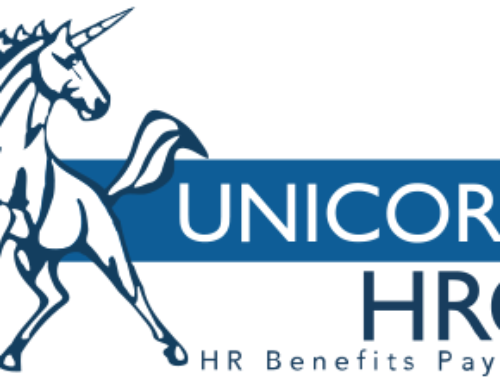One of the biggest technological developments in recent years is the concept of The Internet of Things (or IoT). Simply put, IoT is a process in which all people, machines, and devices are connected to one another via a single network in order to automatically exchange data without any manual involvement whatsoever. With the proliferation of smart device use, HR managers can harness the IoT to get useful information on potential employees, as well as better manage their own performance. For HR staff, utilizing this technology could revolutionize the way they manage their information and greatly increase the efficiency and productivity within their companies. Here are a few ways that HR can use IoT to their company’s advantage:
IoT and hiring new employees
IoT can be useful in the hiring process. Job seekers are heavily reliant, for example, on mobile technology to access information during a job search, so they can find out what available jobs are right for them. With IoT, HR at various companies can utilize this one network of information (especially using sites within this system such as LinkedIn, via their own smart devices) to more quickly identify job candidates, evaluate their skillset, and quickly inform them of HR’s desire to interview them. HR Staff can even offer them a position via the candidate’s mobile device which speeds up the hiring process greatly, increasing HR efficiency.
IoT helps employees and HR efficiency
Utilizing IoT, especially with apps created by your company, can help in managing employees. Using IoT to create system programs such as job training and evaluation can allow employees to quickly access data that can give them feedback on their job performance, as well as the areas upon which they can improve. IoT can also give HR access to tracking systems, in order to better keep track of employee attendance, as well as make payroll systems easier by effectively rendering manual systems obsolete.
The drawbacks of IoT
Despite the benefits of harnessing one network to access information more easily, IoT is not without its problems, and HR should be aware of them. While there is always a temptation for HR to use IoT to locate employees as well as record their attendance, this nevertheless raises the question of whether the employees’ privacy is being invaded, so it is important to ensure that HR has the employee’s permission to track them once hired. Moreover, while HR would have access to more information and data when hooked up to a network that accesses a considerable number of smart devices, there are corporate security concerns that emerge. For example, the company’s information is easier to access and share amongst any given number of smart devices. Companies also have to be aware that implementing IoT should be done gradually, as IoT facilitates automation that could cost employee jobs and throw the company workplace into confusion if introduced too quickly.
With increasing automation and the ability of companies to share data on one single network, the Internet of Things can bring great benefits to increasing company productivity, and making HR staffers’ tasks much easier to perform. Nevertheless, as with the emergence of any new technological innovation, it is important to note drawbacks, and for HR managers to be aware of these to ensure a smooth transition into this new age of information sharing.

